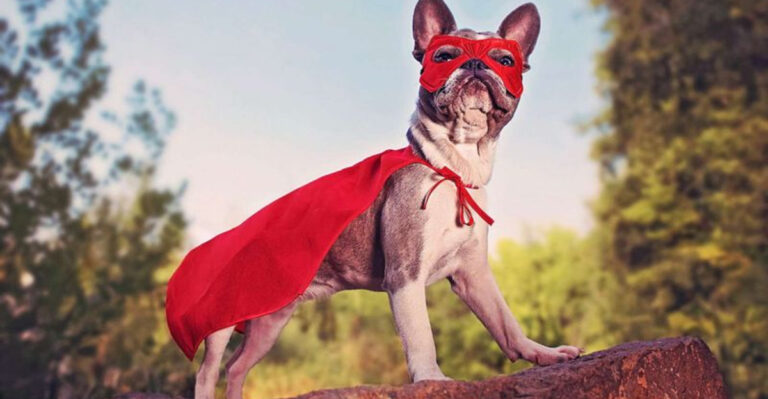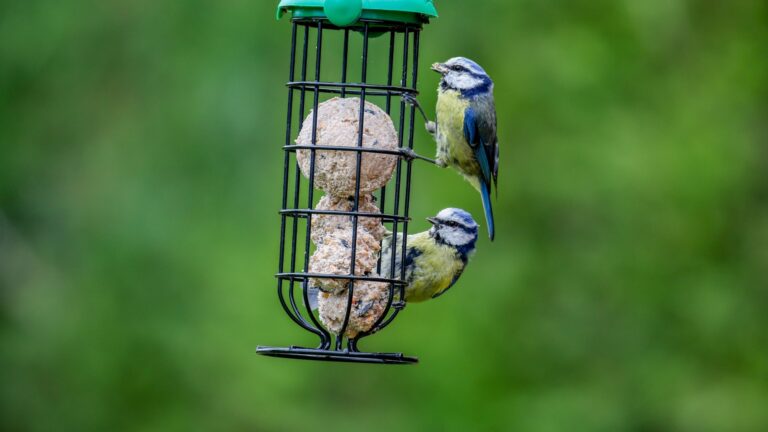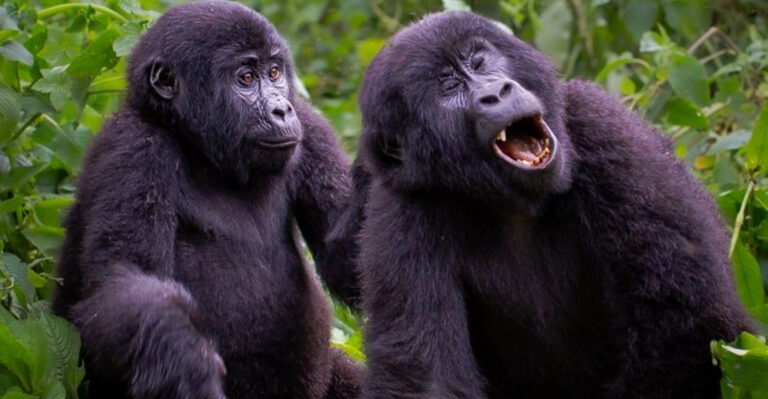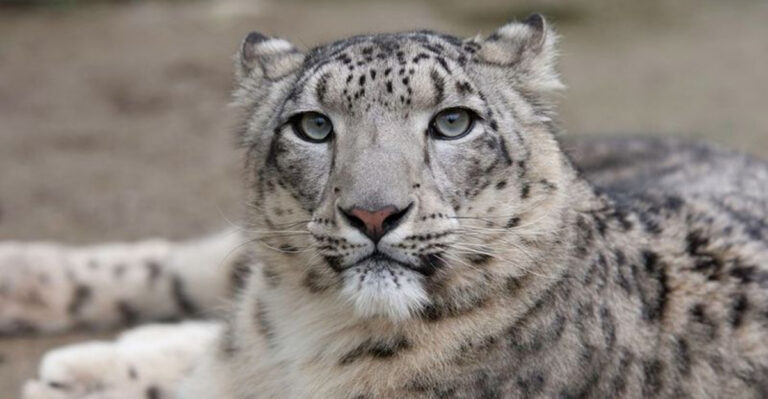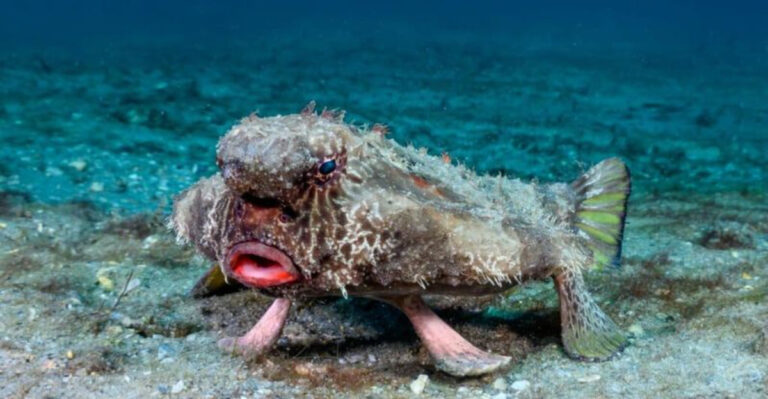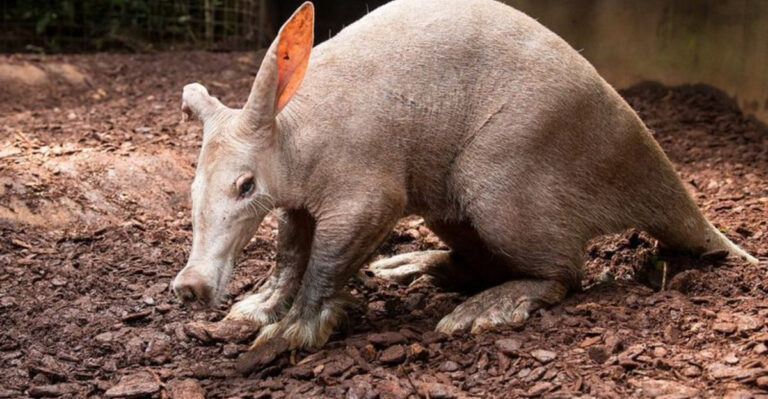16 Random Facts About Horses That Will Make You Love Them Even More
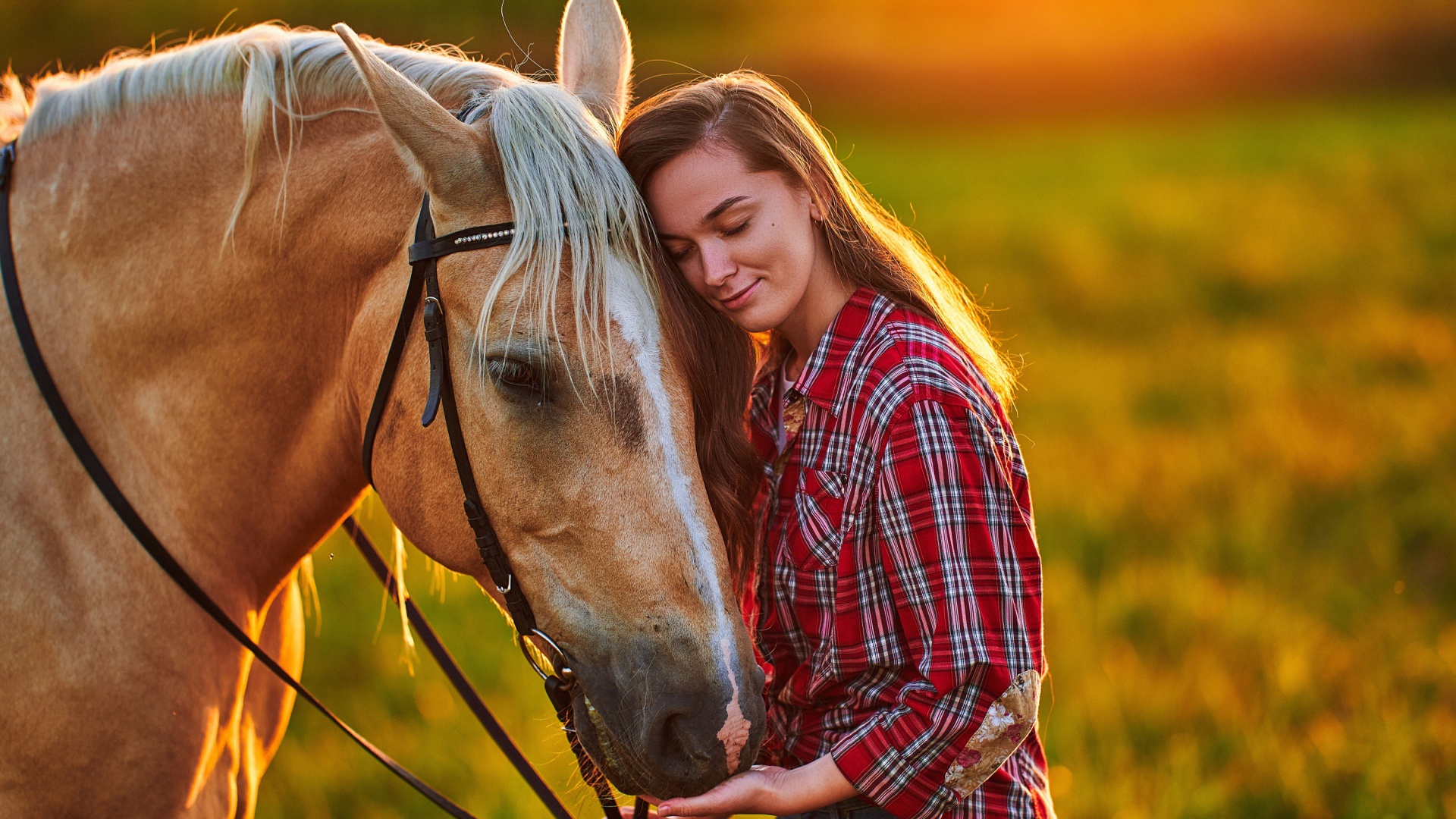
Horses are truly magnificent creatures, known for their grace, intelligence, and deep connection with humans.
Whether you’re a lifelong horse lover or just starting to appreciate these majestic animals, you’ll be amazed by the fascinating facts that surround them. From their incredible memory to their unique ways of communicating, horses never cease to surprise us.
Let’s talk about some random facts that highlight the charm and wonder of these animals, offering a fresh perspective on why they’re so beloved. Get ready to discover some surprising truths that will only deepen your admiration for horses.
1. Horses Have Incredible Memory
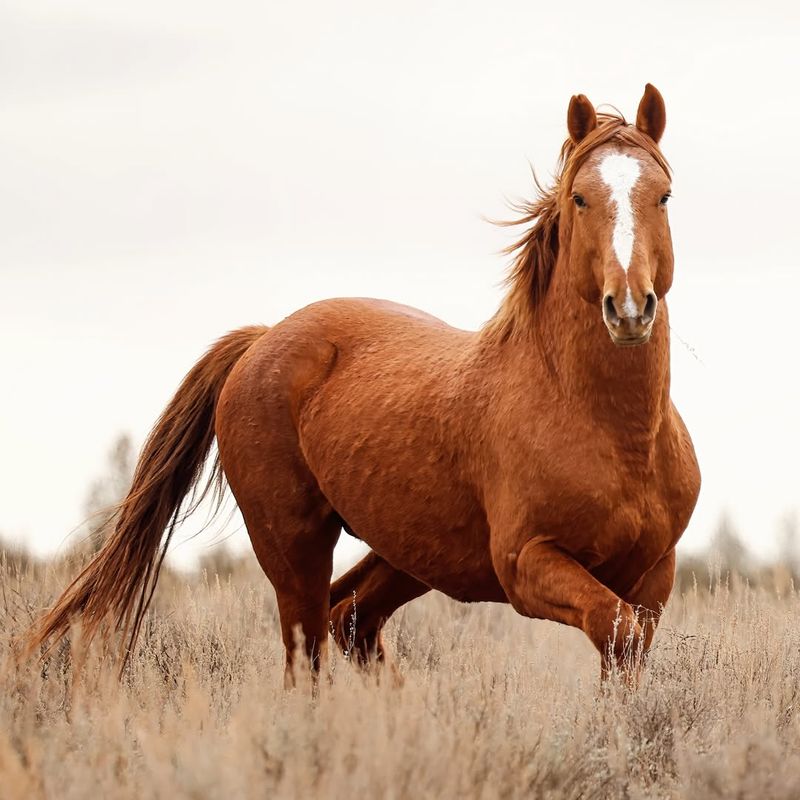
Horses are known for their incredible memory, rivaling that of elephants. They can remember people and places for years. A horse may recognize a trusted human companion even after a long separation. This remarkable memory is not just visual; they can recall sounds and routines too.
Having a strong memory helps them navigate their environments and form social bonds, crucial for survival in the wild.
2. They Can Sleep Standing Up
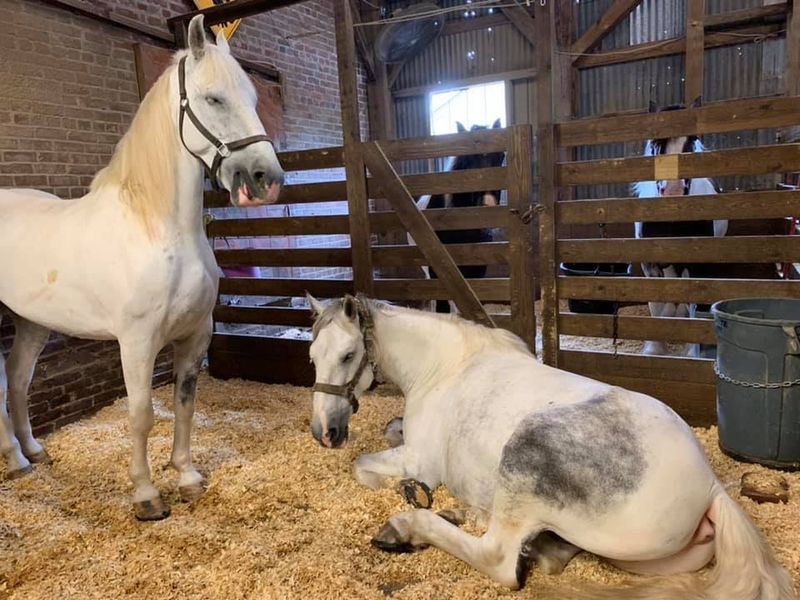
Horses have the unique ability to sleep standing up due to a special locking mechanism in their legs. This adaptation allows them to quickly escape predators if needed. While they do lie down occasionally for deep sleep, standing sleep is more common.
In a standing position, they stay alert and aware of their surroundings. This mechanism involves the stay apparatus, which locks their knees and hocks, enabling rest without collapsing.
3. Horses Have Unique Whinnies
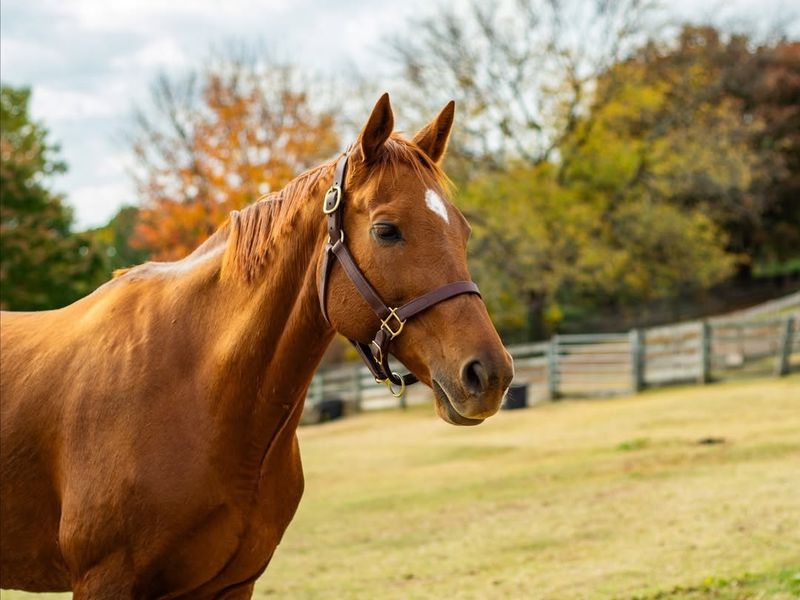
Every horse has a distinctive whinny, much like a human fingerprint. These sounds serve as a form of communication, conveying emotions and messages to other horses. A whinny can express excitement, anxiety, or a greeting.
The pitch and tone vary depending on the horse’s mood and the intended recipient. Horses use their vocalizations to establish social bonds and maintain herd relationships.
4. They Can Run Shortly After Birth
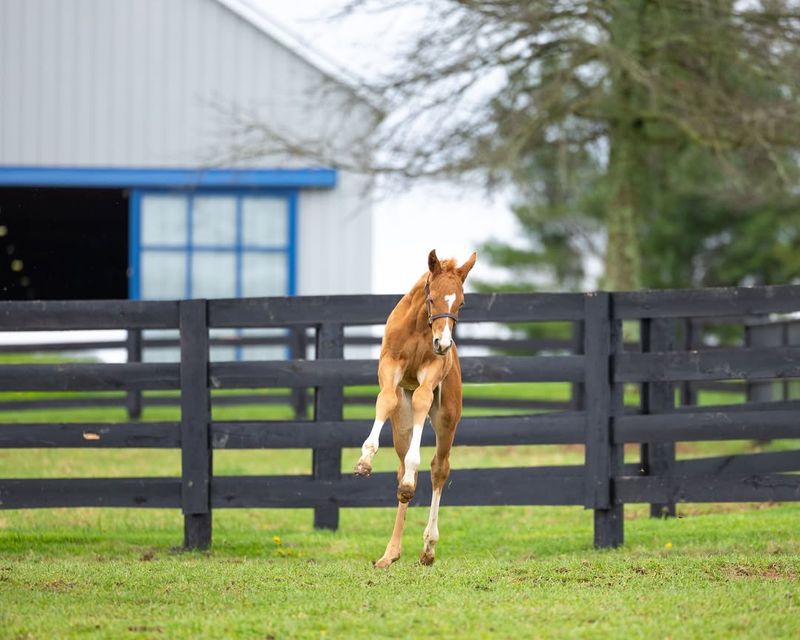
Foals are born with the remarkable ability to stand and run within hours of birth. This swift adaptation is crucial for survival in the wild, where predators pose a constant threat.
Being able to move quickly allows them to keep up with the herd for protection. This early mobility is supported by their long, slender legs and innate instincts.
5. Horses Can Be Left Or Right-Handed
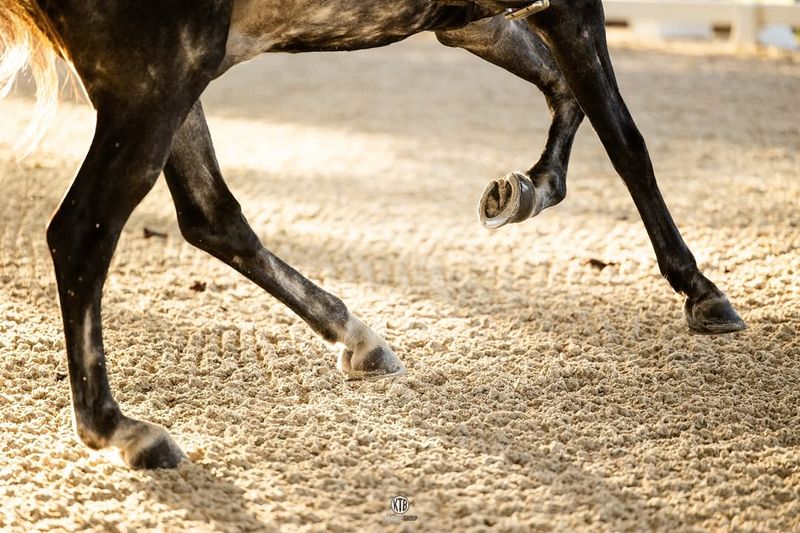
Just like humans, horses can be left or right-handed, or rather, hooved. This means they have a preferred side when performing tasks or moving. Trainers often observe horses favoring one side during activities, which can influence training and performance.
Recognizing a horse’s dominant side can aid in creating balanced training programs. This handedness is linked to brain lateralization, influencing how they perceive and interact with their environment.
6. They Have Almost 360-Degree Vision
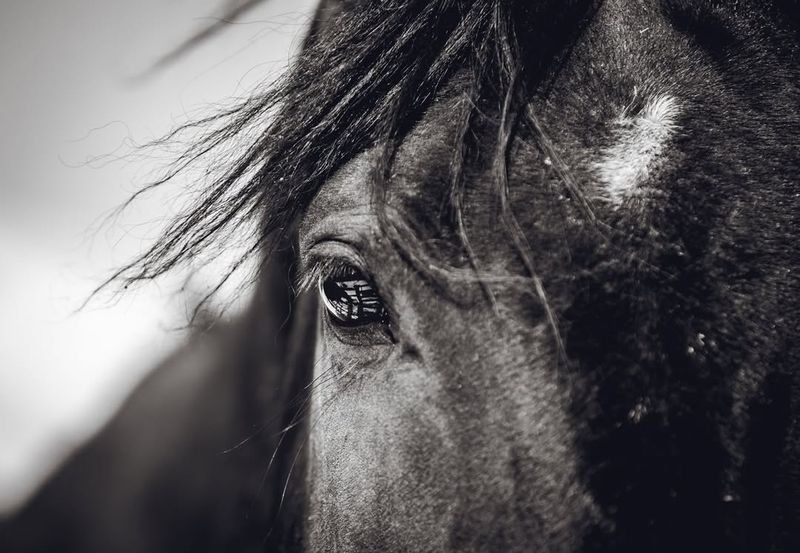
Horses have eyes positioned on the sides of their heads, giving them nearly 360-degree vision. This wide field of view is essential for spotting predators and navigating their environment. However, they have a small blind spot directly in front and behind them.
Their eyes are among the largest of any land mammal, designed to detect movement and changes in light. This extraordinary eyesight allows horses to sense danger and react swiftly, making them adept at surviving in the wild.
7. Their Hooves Are Super Sensitive
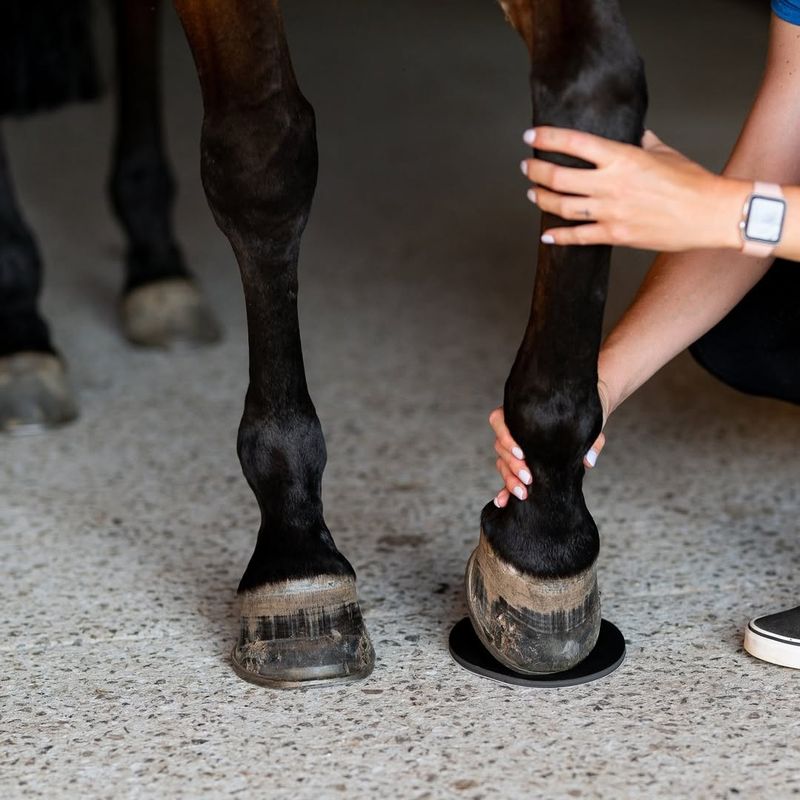
A horse’s hoof is incredibly sensitive, containing numerous nerve endings that make them highly responsive to touch. This sensitivity is crucial for feeling the terrain and adjusting their gait accordingly. Proper hoof care is essential, as neglect can lead to discomfort or injury.
The hoof’s sensitivity also aids in communication, as horses can feel subtle changes in pressure and respond to cues from their environment or rider. Regular maintenance ensures their comfort and health, highlighting the importance of skilled farriers.
8. They Can Feel Your Emotions
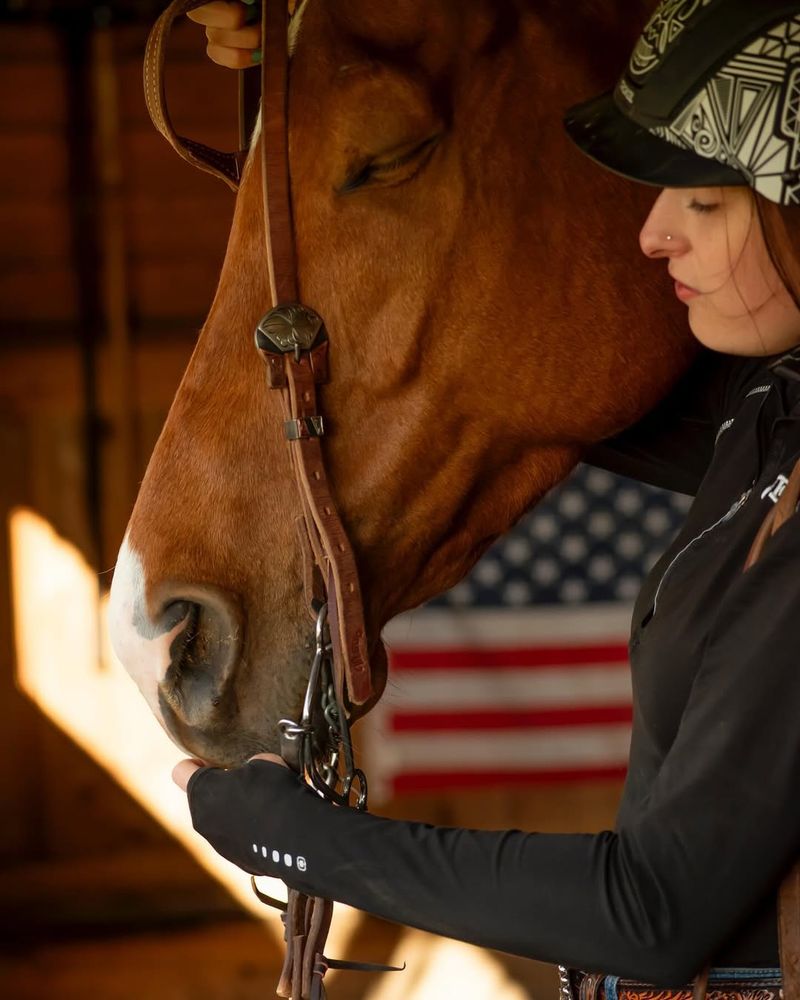
Horses are intuitive creatures capable of sensing human emotions. They respond to changes in mood, picking up on cues such as tone of voice and body language. This empathetic ability allows them to connect deeply with humans, often reflecting the emotions of their handler.
Whether it’s offering comfort during stress or sharing joy, horses can mirror and react to our feelings. This sensitivity makes them excellent therapy animals, as their presence can have a calming effect.
9. Horses Are Naturally Social
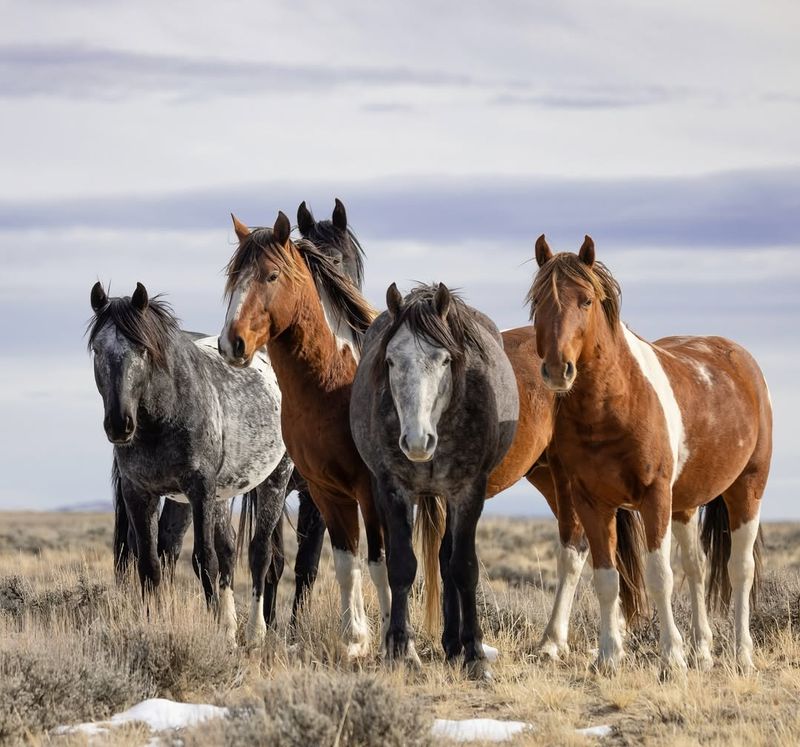
Horses are inherently social animals, thriving in herds with complex social structures. Within these groups, they form strong bonds and communicate through body language, vocalizations, and touch. Their social nature requires regular interaction with other horses to maintain mental well-being.
Being part of a herd provides safety and companionship, critical for their emotional health. Understanding the dynamics of horse social structures can enhance human interaction with them, promoting better training and care.
10. They Have A “Sweet Spot”
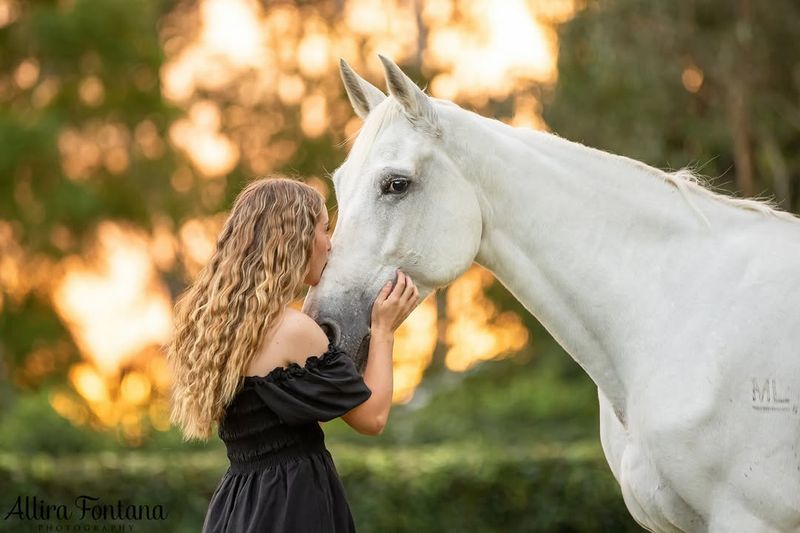
Horses have sensitive areas known as ‘sweet spots,’ often located on their withers or back. When scratched or groomed in these areas, they exhibit signs of relaxation and pleasure, such as lowering their head or closing their eyes.
These sensitive areas are not only for grooming but can also play a role in communication and social bonding with other horses. Discovering these spots can lead to a deeper connection with your equine companion.
11. Horses Can Live Over 30 Years
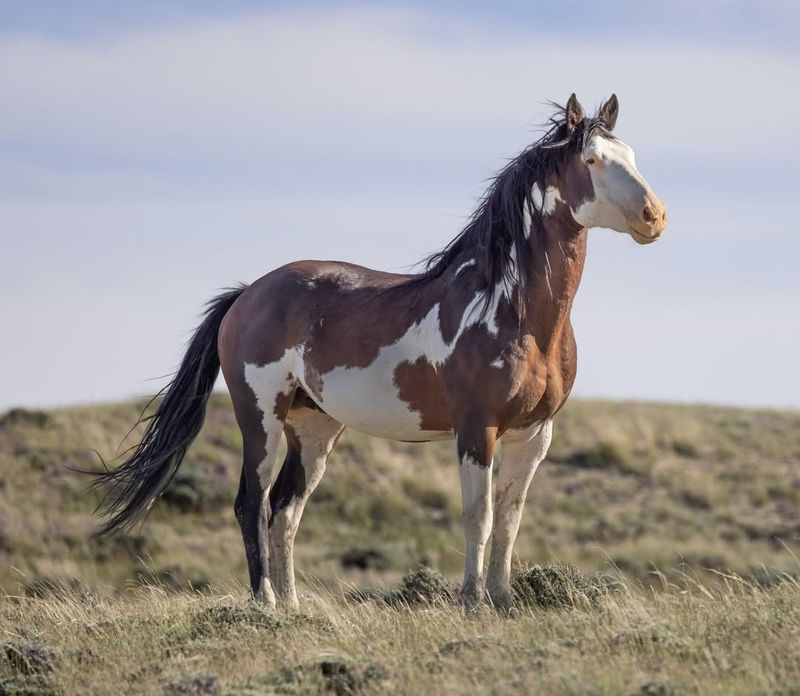
With proper care, horses can live well into their 30s, showcasing their potential for longevity. Lifespan varies based on factors like breed, diet, exercise, and healthcare. Older horses might require special attention to diet and health to ensure a comfortable life.
Regular veterinary care and attentive management are key to their longevity. Many aging horses continue to participate in activities, offering companionship and wisdom.
12. Their Hearts Are Literally Huge
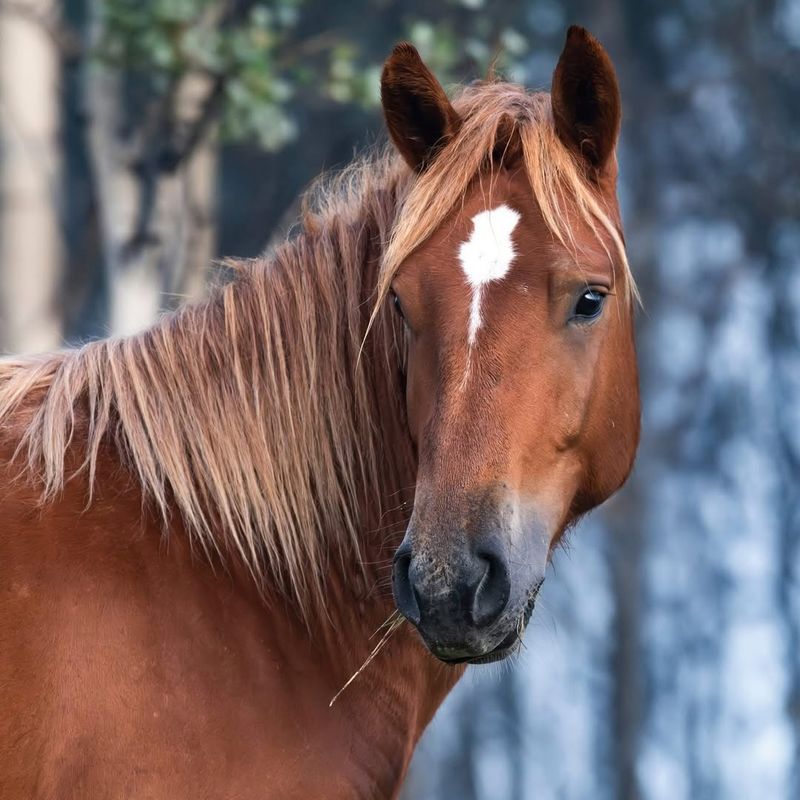
The heart of a horse is impressively large, weighing up to 10 pounds. This powerful organ is essential for their stamina and strength, pumping vast amounts of blood during physical exertion. A horse’s heart size contributes to their ability to perform demanding tasks, from racing to endurance riding.
Their circulatory system is adapted to support intense physical activity, ensuring oxygen is efficiently delivered throughout the body.
13. They Communicate Through Body Language
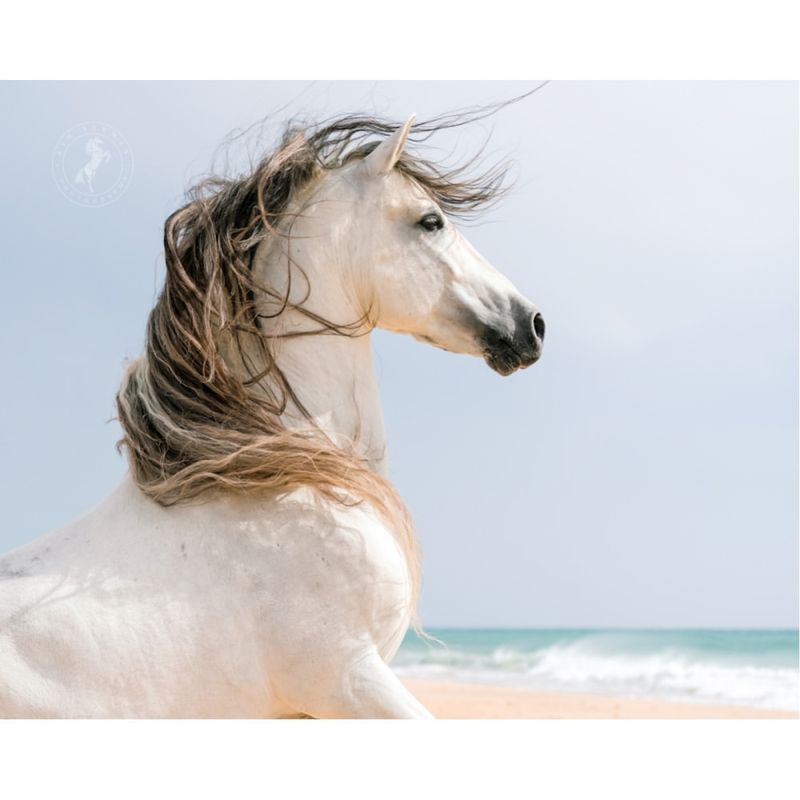
Horses rely heavily on body language to communicate with each other and humans. Ears, eyes, tail, and posture convey emotions and intentions, providing a silent yet expressive language. Recognizing these cues aids in understanding their mood, needs, and intentions.
A horse with pinned ears may indicate annoyance, while a relaxed tail signals contentment. This non-verbal communication is essential for maintaining harmony within a herd and improving interactions with humans.
14. They’re Fast Learners
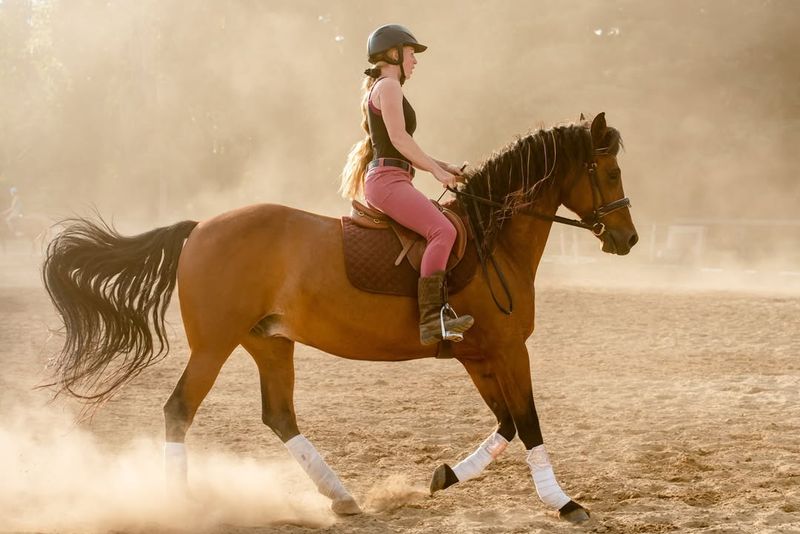
Horses are known for their quick learning ability, grasping new commands and routines with ease. Their intelligence and curiosity make them excellent students in various disciplines, from dressage to jumping. Positive reinforcement and consistent training methods enhance their learning experience.
This ability to learn swiftly is not limited to tasks but extends to understanding complex social dynamics within herds.
15. Horses Are Herbivores
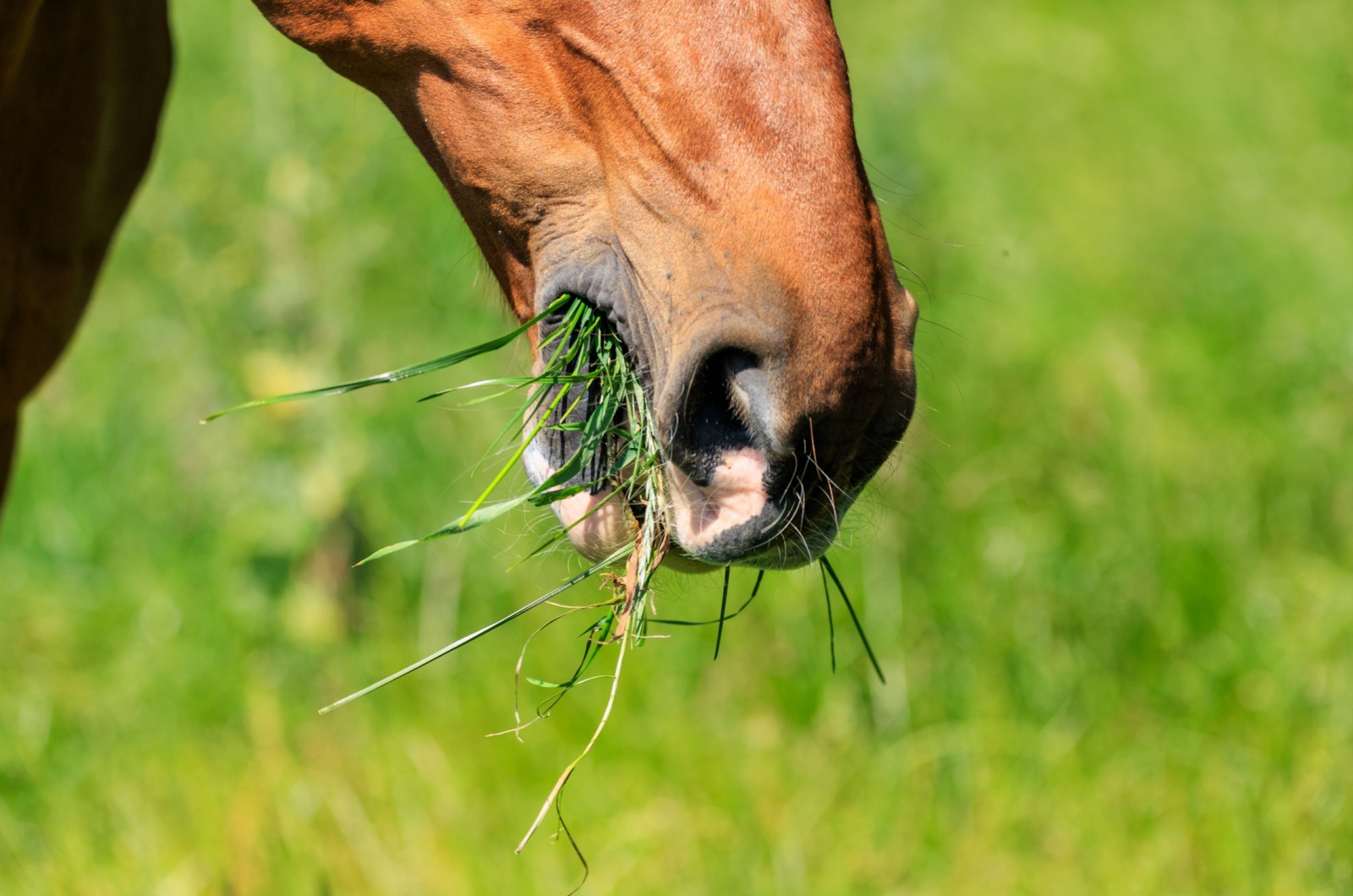
Credit: Shutterstock
Horses are herbivores, primarily feeding on grass, hay, and grains. Their digestive systems are designed for grazing, allowing them to consume small amounts of food throughout the day.
They require a balanced diet to maintain their energy levels, health, and overall well-being. Fresh pasture, quality hay, and the occasional grain supplement are essential to meet their nutritional needs and keep them strong and active.
16. There Are Over 300 Breeds!
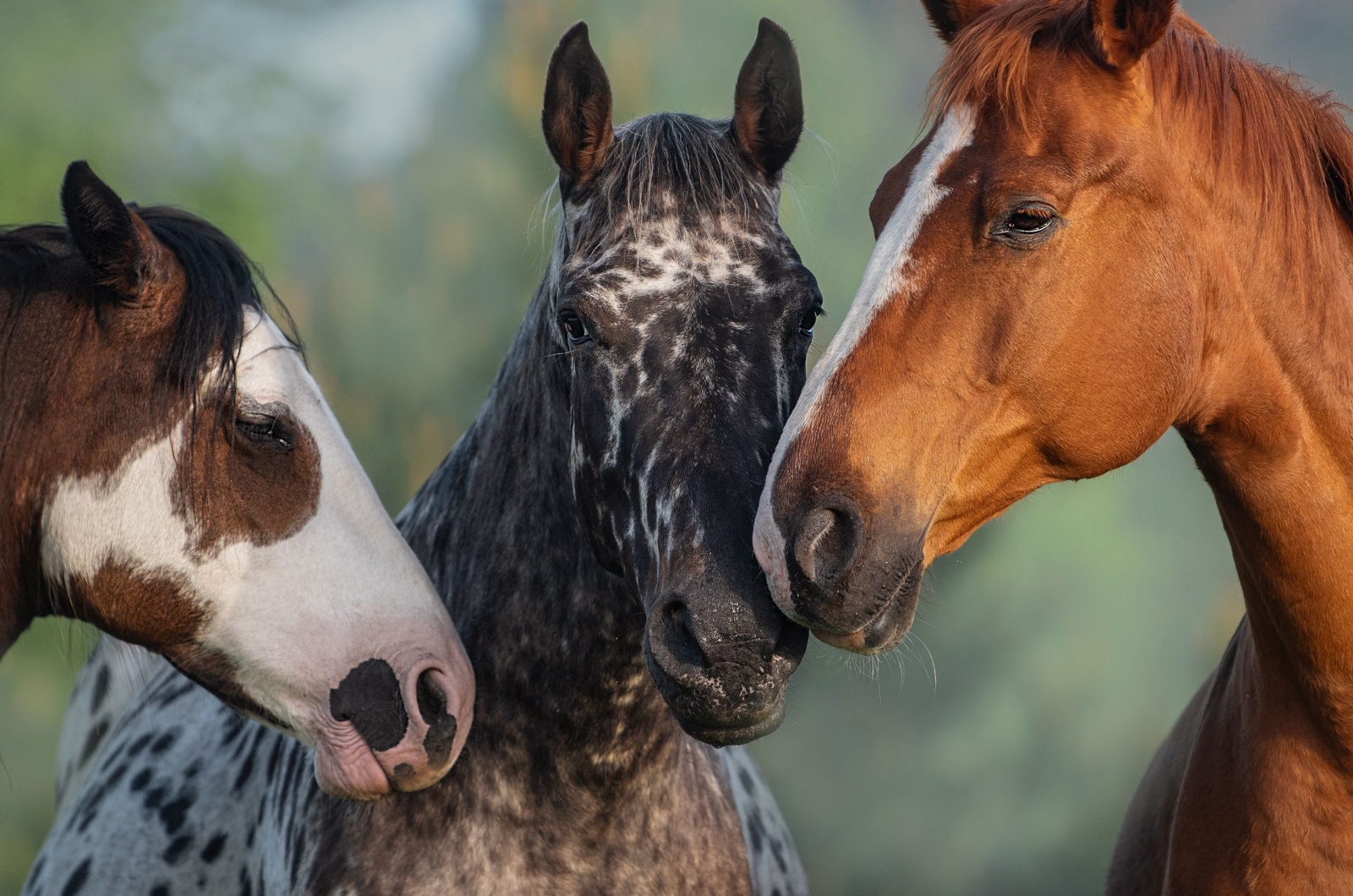
Credit: Shutterstock
There are over 300 different horse breeds worldwide, each with unique characteristics, temperaments, and purposes.
From the powerful draft horses like the Clydesdale to the agile Arabian, the variety is astounding. Breeds differ in size, coat colors, and even gait. Some are bred for racing, others for work or leisure, ensuring there’s a horse suited for every need and lifestyle.

